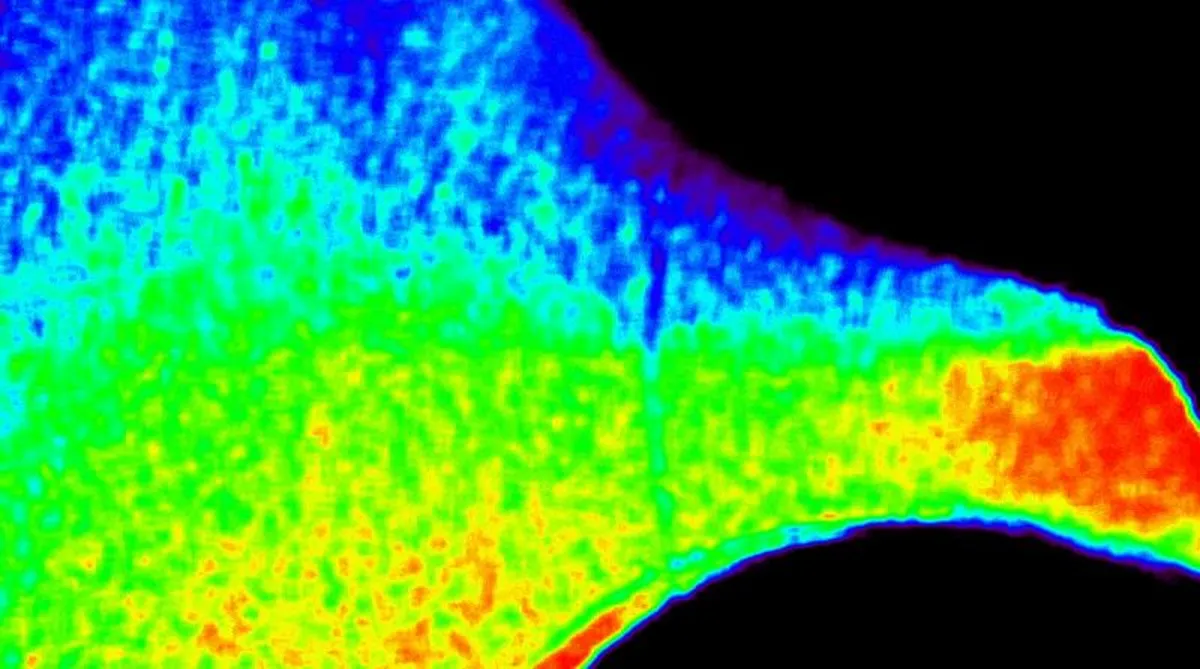
NASA's CODEX investigation has made significant strides in understanding the Sun's outer atmosphere, known as the corona. Recent images captured by the CODEX instrument reveal new insights into the corona's dynamic behavior, showcasing its gusty and uneven flow. This pioneering research is crucial for advancing our comprehension of space weather and the Sun's influence on Earth.
CENTERED aboard the International Space Station, the CODEX instrument functions as a solar coronagraph. This scientific tool creates artificial eclipses using physical disks, enabling researchers to study the faint corona by blocking the bright, direct light of the Sun. By employing special filters, CODEX measures the speed and temperature of the solar wind, providing unprecedented data that can enhance our understanding of solar activity.
During a recent press event at the American Astronomical Society meeting in Anchorage, Alaska, scientists unveiled the first images from the CODEX investigation. These images depict the corona as a complex environment characterized by sputtering gusts of hot plasma, rather than a steady, uniform flow. Jeffrey Newmark, a heliophysicist at NASA’s Goddard Space Flight Center and the principal investigator for CODEX, noted, “We really never had the ability to do this kind of science before.” He emphasized the significance of the right tools and conditions coming together to yield these groundbreaking observations.
Previous coronagraph experiments primarily focused on measuring the density of coronal material. In contrast, CODEX is innovatively measuring both the temperature and speed of the solar wind. This capability allows scientists to characterize the energy originating from the Sun more accurately. Newmark explained, “By comparing the brightness of images captured through four narrow-band filters—two for temperature and two for speed—we can determine the dynamics of the coronal solar wind.”
The insights gained from CODEX are expected to significantly improve space weather modeling. Understanding the temperature and speed of the solar wind is essential for developing more accurate models that predict solar behavior and its potential impact on Earth and its technology. Newmark stated, “The CODEX instrument will provide critical data that modelers can use in the future. We’re excited for what’s to come.”
The CODEX project is a collaboration between NASA's Goddard Space Flight Center and the Korea Astronomy and Space Science Institute (KASI), with additional contributions from Italy's National Institute for Astrophysics (INAF). This international partnership enhances the research capabilities and broadens the horizons of solar studies.
As NASA continues to explore the Sun’s mysteries through the CODEX investigation, the scientific community eagerly anticipates the findings that will not only enrich our understanding of solar phenomena but also help safeguard our technologies that depend on stable space weather conditions.